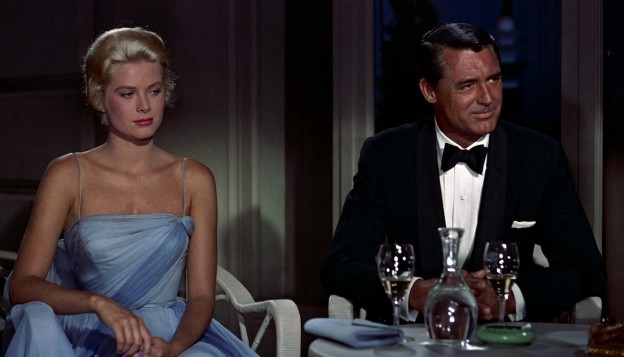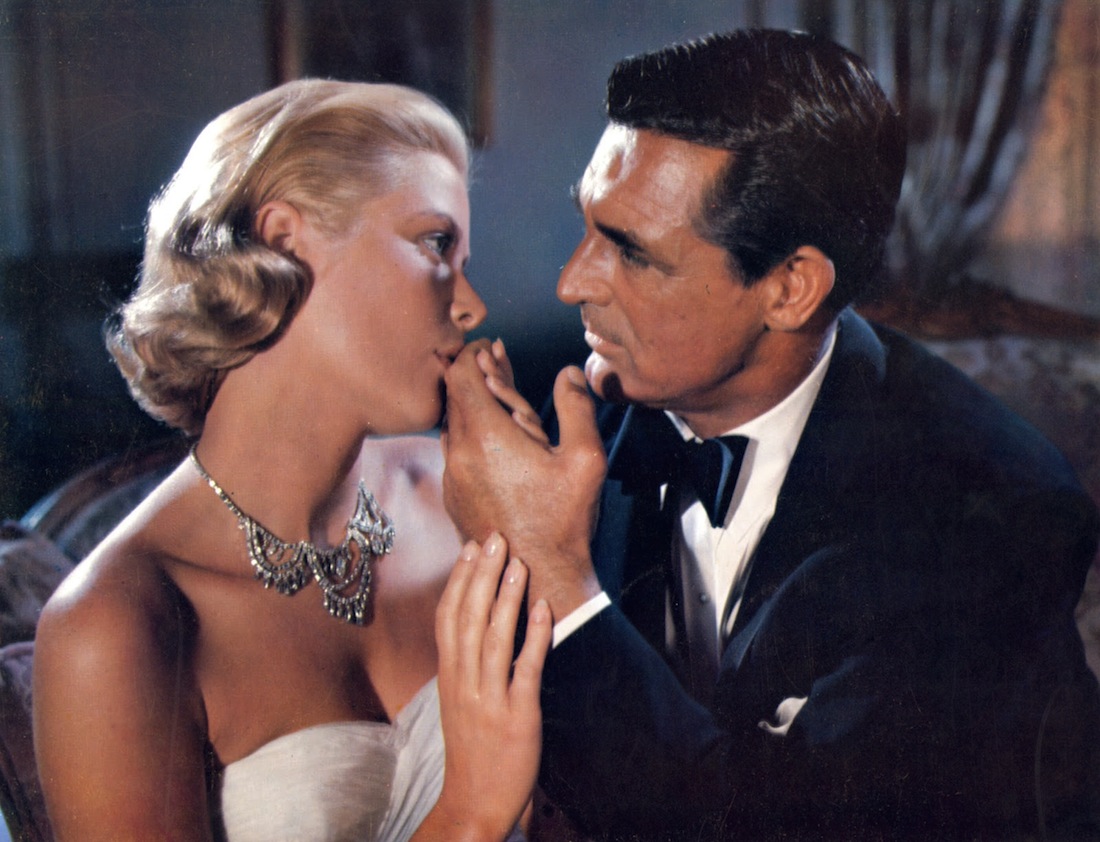Among the greatest of war movies, 1970’s Patton features a mind-blowingly good performance by George C. Scott as the famously colorful WWII general that serves to catapult this epic far above the standard military biopic. The film is not only remarkable for the vivid on-screen portrait of a gifted but notoriously impolitic and ambitious American general helping to turn the tide of war in the United States’ favor but also for the off-screen context of being made at the height of rampant anti-war sentiment in the US and abroad due to the Vietnam War. You would have expected the film to be a hatchet job on an unrepentant warrior from the gung ho past and to reflect the anti-authoritarian zeitgeist of the time. You would also have expected a war-weary public to reject yet another nostalgic World War II movie released at the end of the 60s. Instead, it’s a straightforward yet nuanced portrayal of a seriously flawed but undoubtedly great military leader that earned popular and critical success from the get go with an unapologetically pro-US message. And through the movie we come to see that a man like Patton, a true lover of war who believed himself reincarnated from Roman Legionnaires and Napoleon’s soldiers, should probably be kept in a glass case that says “Break Open in Time of War”. But we also see that it’s surely good to have old soldiers like George S. Patton handy when the stuff hits the fan.
The famous opening sequence, a stylized and also sanitized version of Patton’s famously profane speech to the Third Army, remains one of the movies’ best “grabbers”, as well as one of the most iconic 6 minutes in the history of cinema. And despite Scott’s misgivings that starting with the speech would overwhelm subsequent scenes, that acts as a preamble and the movie gets better from there. It really starts with Patton’s arrival in North Africa to take command of a green and badly demoralized US II Corps after their mauling by Rommel’s Afrika Korps at Kasserine Pass, quickly whipping them into a cohesive fighting unit ready to take on the seasoned and highly accomplished German troops. By utilizing Rommel’s own tank tactics against him, we see the revitalized Americans fight back via impressive large scale armored tank battles thundering from the oversized 65mm widescreen print.





